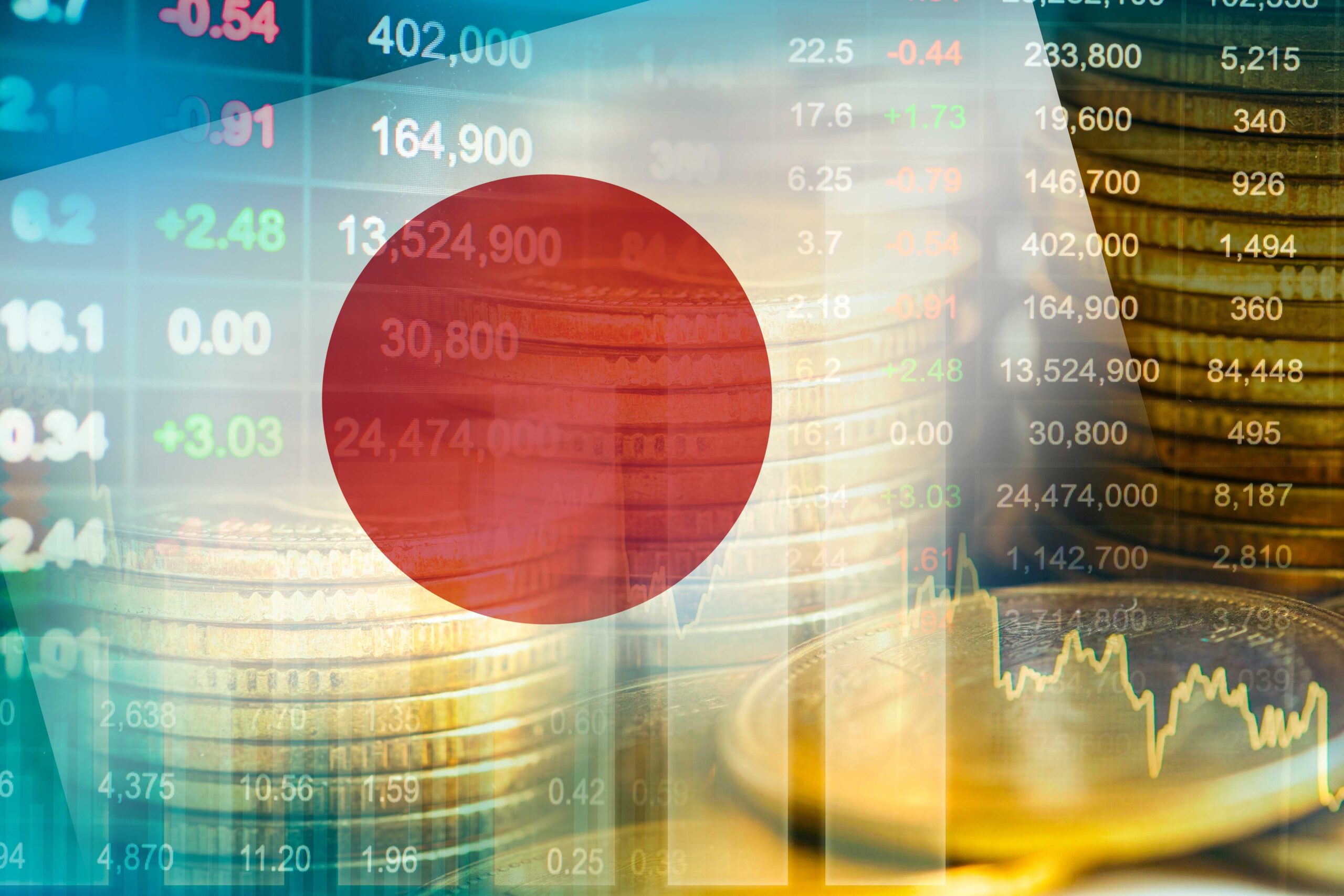
We previously cast the spotlight on Japanese Equities late in 2023, at a time when the region was seeing a sharp rally in values, which extended through to the start of this year. Recent performance has, however, been disappointing, as investors become wary of the impact of tariffs imposed by the US. Despite these challenges, Japan remains an interesting opportunity for investors.
New highs in 2024
Over the last two decades, Japanese equities have often been a source of disappointment for investors, promising much, but delivering sub-par returns. This is in stark contrast to the boom days of the 1980s, when Japanese equities were caught in a bubble of optimism that extended across other aspects of the Japanese economy, such as real estate. Partly due to lax regulation, asset prices continued to climb until the bubble burst in the early 1990s. It took 34 years for the Nikkei 225 index of leading shares to reclaim the level reached in 1989, when the index climbed to a record high in July 2024.
The rationale behind the strong performance in Japan during 2023 and 2024 has little to do with speculation. After grappling with deflation for many years, Japan’s inflation rate has been positive since the end of 2022, which has helped the Japanese economy to normalise. With stable levels of inflation, wages have increased, improving the outlook for domestic demand. Interest rates are now also positive, albeit at just 0.5%, after many years where the base lending rate was negative.
Japanese companies have also evolved over recent years, improving their corporate governance and engagement with shareholders. As a result, Japanese companies have become more “westernised” when delivering shareholder value, by increasing dividends and using excess capital to arrange share buybacks. Each of these measures has the potential to improve return on capital and enhance the attractiveness of Japanese equities to investors.
Volatility remains
Using valuation metrics, Japanese equities look inexpensive compared to global counterparts. For example, they stand at a sizeable discount to the valuation of US equities. It is, however, worth noting that Japanese equities are not as cheap as they were two years ago, prior to the upswing in values.
Japanese equity markets can also be volatile. Investors in Japan suffered a temporary setback in August last year when a sharp rally in the value of the Japanese Yen against the Dollar triggered the unwinding of the so-called “carry trade”. This is where investors take advantage of the low interest rates in Japan to borrow Yen and use these funds to invest in assets with higher potential returns. When the Yen rose unexpectedly, this led investors to unwind their positions, which led to a short but painful fall in the Nikkei 225 index. Whilst the index had recovered the lost ground within four weeks, it served as a timely reminder of the importance of considering the outlook for the Japanese currency in conjunction with the prospects for equity markets.
Tariff threat
Japan is seen to be one of the nations most at threat from the imposition of tariffs by the US administration. Japan is a major exporter, and the 24% tariff announced on 2nd April by President Trump was certainly not welcome. Despite the pause on tariffs announced a week later, investors remain concerned that tariffs could derail the positive outlook, and result in weaker economic growth.
The US accounts for around 20% of Japan’s exports, and any lasting trade barrier could prove troublesome, particularly for industries such as automotive, given the scale of exports of Japanese cars to the US market.
It is also important to consider the “knock-on” effects of tariffs imposed on other nations which trade with Japan. Lasting tariffs on major trading partners, such as China, could lead to a hike in the cost of parts and components used by Japanese industry.
Whilst tariffs continue to pose a threat to the outlook for Japanese exporters, and the wider economy, Japan enjoys good relations with the US and of the nations looking to strike a deal with President Trump, a good argument can be made that Japan are in a better position than many others to achieve a reasonable outcome.
Largely due to the tariff announcements, the Nikkei 225 fell by 8.2% over the first four months of 2025, compared to the index level at the start of the year, although valuations have subsequently rebounded strongly from their low point. Market valuations have, therefore, already discounted some of the concern over tariffs, and a positive outcome from trade negotiations for Japan, could aid further recovery. On the other hand, a reimposition of the punitive rate announced by President Trump on Liberation Day could potentially lead to further underperformance.
The investment outlook
Using valuation metrics, and considering the pace of change within Japanese companies, Japanese equities appear attractive; however, risks do remain, and whilst the regulatory reforms may prove helpful in the long term, the most immediate threat is posed by tariffs on global trade. For this reason, we recommend allocations to Japan are held as part of a diversified investment portfolio, which enables investment risk to be controlled. By allocating funds to different regions, where investment performance does not necessarily correlate, and to different asset classes, such as Government and Corporate Bonds and Alternative Investments, volatility and risk can be reduced.
Speak to one of our experienced financial planners to discuss the asset allocation of your portfolio.





